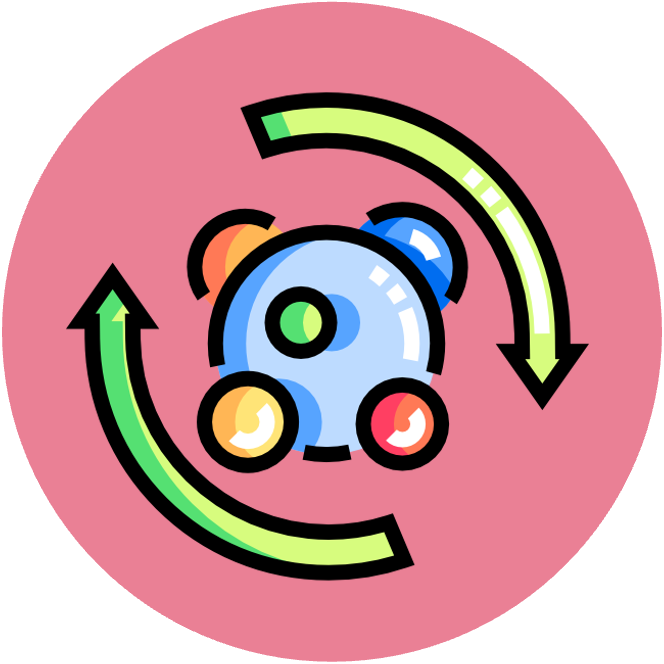

Metabolism
Metabolism describes the totality of all enzyme-catalysed reactions that occur within a living cell or organism
-
Because of enzyme specificity, many different enzymes are required by living organisms, and control over metabolism can be exerted through these enzymes.
Metabolic reactions serve two key functions:
-
They provide a source of energy for cellular processes (growth, reproduction, etc.)
-
They enable the synthesis and assimilation of new materials for use within the cell
Anabolic Reactions
-
Anabolic reactions describe the set of metabolic reactions that build up complex molecules from simpler ones
-
The synthesis of organic molecules via anabolism occurs via condensation reactions (water is produced)
-
Examples of anabolic reactions include:
-
The production of glucose by photosynthesis (and its subsequent polymerisation into glycogen / starch)
-
The synthesis of polypeptide chains (proteins) from amino acid subunits (i.e. translation at the ribosomes)
-
The semi-conservative replication of DNA and the formation of RNA transcripts via transcription

-
Catabolic Reactions
-
Catabolic reactions describe the set of metabolic reactions that break down complex molecules into simpler ones
-
The breakdown of organic molecules via catabolism occurs via hydrolysis reactions (water is consumed)
-
Examples of catabolic reactions include:
-
The oxidation of substrates in cell respiration (i.e. breaking down glucose via glycolysis or the Krebs cycle)
-
The breakdown of macromolecules (polymers) into monomers during the process of chemical digestion
-






